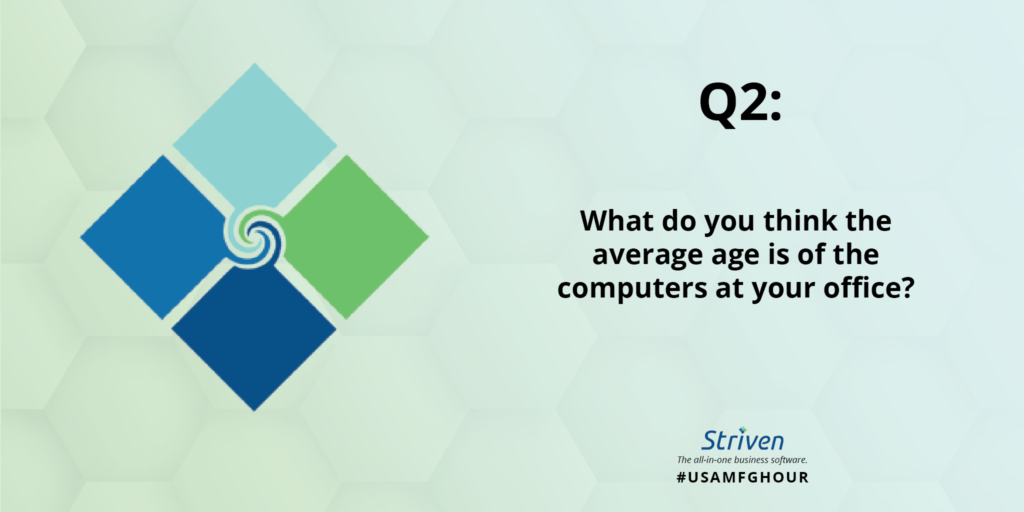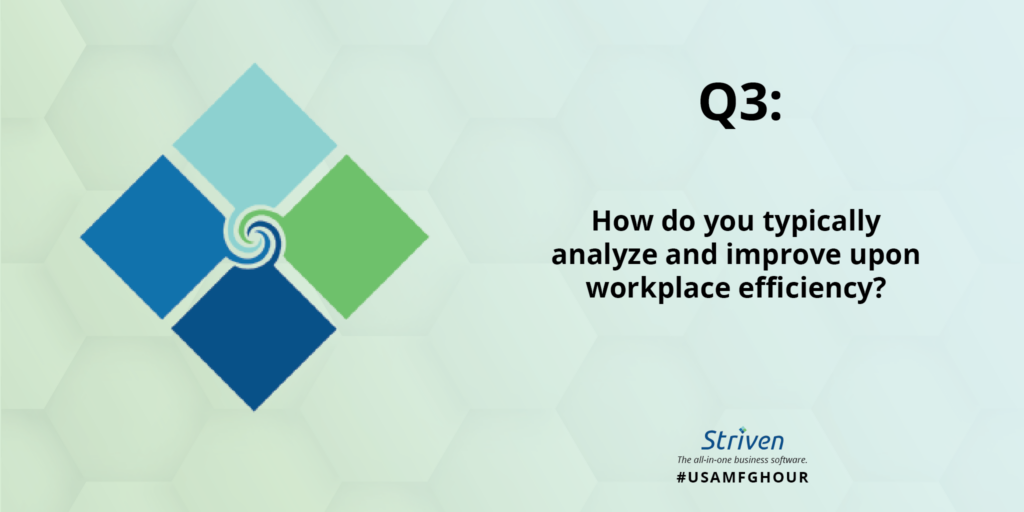We all have hunches. Whether it’s at work or at home, we often rely on our gut.
Sometimes, it points us in the right direction. (Yes, that person across the bar did in fact smile at you.)
Other times, it keeps us out of harm’s way. (Aren’t you thankful that you dodged that foul ball with almost no conscious effort?)
While your gut is a valuable resource in scenarios like these, it can often lull you into a false sense of security for those looking to translate natural, instinctive insight into the business world.
There will always be those special, gifted few. You know, the ones who are able to make sense of and intelligently act on overwhelmingly complex data sets using only their natural brainpower.
There are exceptions to every rule. Always have been, always will be.
But when it comes to your business, don’t bet on the exceptions. Bet on data-driven decision making. Let’s find out how data-driven decision-making can help your business.
What is Data-Driven Decision Making?
According to Northeastern University, data-driven decision-making can be defined as “the process of making organizational decisions based on actual data rather than intuition or observation alone.”
To break it down even further, there are two types of data that will be relevant to your business: quantitative and qualitative data.
Quantitative data focuses on cold, hard numbers. Sales figures, employee turnover, and shipping costs are examples of quantitative data.
Qualitative data focuses on non-numerical data. Examples of qualitative data relevant to your business would include things like employee interviews, customer reviews, and the job satisfaction of your employees.

Both are important, yet neither provides a complete picture of your business and how it can build and sustain future success. When successfully cultivated, categorized, and deployed, these two types of data sets can transform the way your business makes decisions.
Why Data-Driven Decision-Making Is Important
Sticking to the data allows systems and their respective algorithms to be strong in areas where humans are notoriously weak—acknowledging bias and false assumptions. Computers remove the ever-so-fickle emotional component of decision-making that more or less defines our humanity.
By allowing technology to guide and assist you along your decision-making process, your business will reap tangible benefits.
- Reduced spending – If your technology is able to guide you in a more innovative direction (i.e., making less of one product than others) then your process has already begun to bear fruit. Ideally, allow data-driven decisions to limit waste.
- Faster decisions – Instead of belaboring over a decision and arguing over fickle details as a deadline approaches, allow data to make the best decisions for you. When a decision is able to be backed by data, the more sound that decision will be.
- On-the-fly improvements – One of the best—and often most belaboring—things about data is that it is always shifting. While this may seem tiresome at first, it serves a purpose. By having access to a continuous stream of up-to-date information, you’ll be able to adjust your projects on the fly based on the most accurate information.
How to Support Data-Driven Decisions
It’s one thing to acknowledge the importance of how data-driven decision-making can help your business, but it’s another thing entirely to act on it. So how can your business use data to its advantage?
Before this process begins, some housekeeping is in order—organized data is the best data.
Let’s start by running through a list of questions to ask yourself:
What goals do you aim to achieve from making data-based decisions?
Are you primarily focused on brand awareness or conversions? Is your goal to improve an existing product or to launch a new one? Are your efforts focused on customer retention or customer acquisition?
Where does your data come from?
Is your data reliable? Has it been cross-referenced and analyzed for its authenticity? Have you gotten input from all of the pertinent employees from different silos of your business? Beyond all of that, is your data secure?
In what ways, if any, are you able to universally and easily view all of your data?
Can your data be viewed in digestible formats? Do you have dashboards, charts, and metrics accessible from all kinds of devices? Can your data infrastructure adapt to your growing and changing business needs?

If you feel that you haven’t adequately answered these questions, that’s ok. There are plenty of ways to keep your data organized and all in one place.
Data for data’s sake is only valuable for mathematicians and scientists. For the 21st-century business owner, data needs to be clear, concise, and actionable.
Data-Driven Decision-Making Examples
No matter the size of your business, your business generates data. Whether it’s customer financial data, employee feedback, or social media activity, business data comes in all shapes and sizes.
While all data is valuable and useful, not all data serves the same purpose. For example, datasets containing customer transaction history won’t necessarily help you build a better HR department. A car is a great method of transportation—until you reach the ocean.
Let’s take a look at how businesses big and small used data to drive them toward profitable decision making:
- Netflix’s Hyper-Specialized Content – As a pioneer of mass digital streaming, Netflix has a huge subscriber base. Now, you’ve probably heard people say “You can’t please everyone.” Well, Netflix has come awfully close. By analyzing scores of consumers’ watching habits, Netflix has been able to tailor content specifically to their target audiences. One of their first success stories using data to drive their decision-making? House of Cards.
- Google’s Project Oxygen – In 2008, Google embarked on an ambitious journey to figure out how to better scout and develop managerial talent. They sourced lots of data points—performance reviews, technical assessments, surveys, etc.—and came to the conclusion that there were 8 main points that led to managerial success. In this case, data enlightened us that “having key technical skills” was the least consequential managerial asset. Who knew?
- Horne Label Manufacturing Success – Data-driven decision-making isn’t just for mega-corporations. Horne Label, the largest manufacturer of custom labels and tags in North Carolina, realized that they needed to work smarter. Feeling unorganized and limited by their current methods, turned to the help of a trusted ERP to improve their processes. By taking advantage of the streamlined automation and virtual dashboards now at their disposal, Horne Label was able to cut order input time by 50%. Beyond that, they can now view their data from anywhere, on any device.
Your Data Is Unique
Every business has data, but only your business has your data.
It seems like an obvious point to make, but for some businesses, it’s not so clear. In our copycat culture, companies and business leaders are always aiming to replicate the success of their peers and competitors. This is great in many ways—the best innovations and ideas are often directly sourced from older, less fleshed-out concepts. But in other ways, it’s detrimental.
Instead of looking at the insights and profit margins that have come from large corporations analyzing their data, it’s best to look at how and why they did it.
Rather than asking “What kind of success and profit did their data analysis generate?” you should ask yourself why they chose to analyze data to begin with, and how exactly they went about parsing it.
With all kinds of data solutions out there, it’s important that you choose the right one for your business. But one thing is for sure—data-driven decisions are the best decisions for your business.













